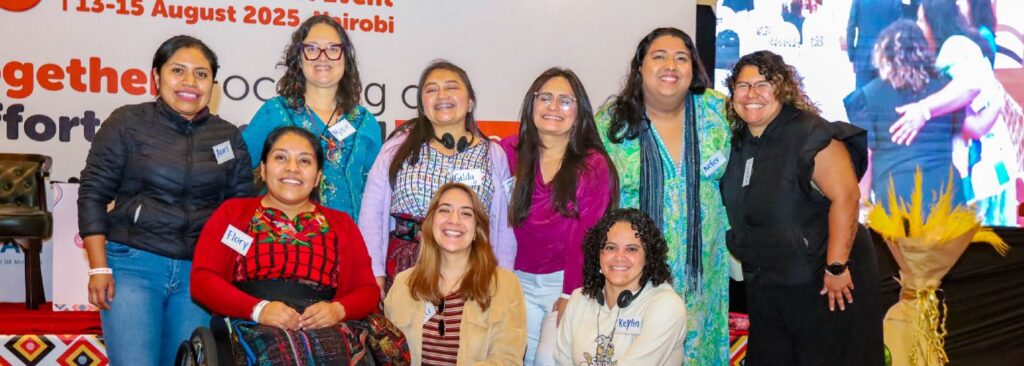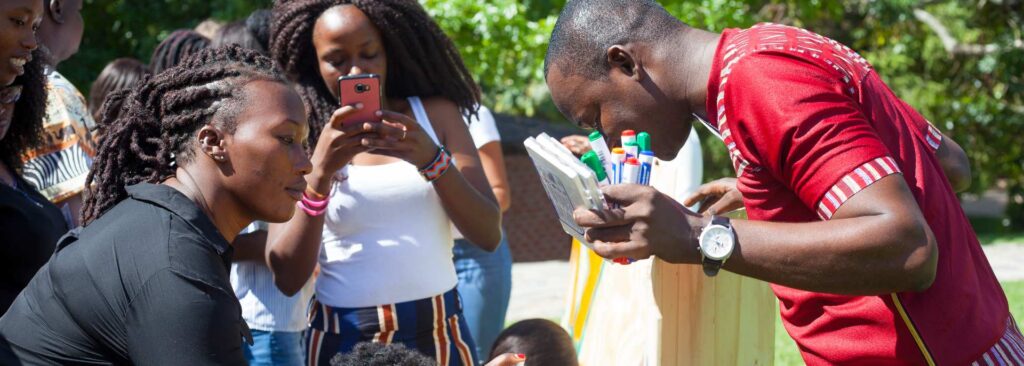Safety and security of human rights activists and people who work in civil society organizations has always been a key consideration in programming. Yet, it is one of the most misunderstood and neglected when it comes to budgeting and availing resources for activists to support themselves.
Having worked with activists and frontrunners of social change across the world for decades, Hivos has had an understanding and appreciation of the role of safety and security in this work. Hivos started investing in safety and security years back, albeit modestly. At the time, it seemed adequate to anticipate risks and develop mitigation plans in case they were needed. However, with the roll out of bigger and bolder programs that placed activists and excluded communities at the core, the topic of safety and security became more important and urgent. It needed to be planned carefully and included in program budgets. When the Power of Voices programs were designed in 2020, safety and security had already become a central issue in programming. Therefore, promoting safety and security became a core approach in We Lead.

The emotional toll of backlash
However, even with this appreciation and effort, we have learned that safety and security is a dynamic issue that requires us to constantly learn and be adaptable. The world has changed in unimaginable ways in the last five years, and this has challenged human rights work in profound ways. Issues, such as conflict, attacks on gender quality, diversity and inclusion, and the ever evolving anti-rights movement have made it not only difficult to respond to issues of safety and security but has created other deeper challenges.
The emotional toll of hostility and backlash towards our work has threatened not just the safety and security but also the wellness and wellbeing of activists and development practitioners. It has demanded constant review of the operating context and adaptation of our approaches. This is what led to our partnership with the Women Human Rights Defenders (WHRD) Hub. The partnership was born out of a desire to have more focused and dedicated support for our rightsholders and their organizations. It was also meant to ensure that we were responding quicker and more effectively to emerging threats. Importantly, the partnership was meant to help us center wellness and wellbeing in our safety and security approach.
We have witnessed many activists suffer physical, emotional, and psychological torture as a function of their work without supportive structures to deal with these challenges. We have also witnessed activists suffering burnout and mental illness due to work-related pressure and lack of support. In response to these challenges, We Lead sought to address wellness and wellbeing as an integral part of programming and put measures in place to facilitate this. These measures were intended to help us provide the required support to our staff, partners and rightsholders so they could deal with the daily pressures that negatively impact their work and personal lives and prevent them from being effective.
A safety and security manual
Despite having this noble and bold vision for our safety and security work, we only managed to scratch the surface with We Lead. We encountered numerous almost insurmountable challenges, but we also made good efforts to develop and systemize our work. This is what makes this manual important. It provides practical tools and tips for activists to learn how to improve their safety, security, and wellbeing. It also supports our efforts to equip the larger human rights movement with practical tools and strategies to enhance their safety, their wellbeing, and foster a sense of collective resilience. We hope that activists and other actors in the human rights sector will find this guide useful.





